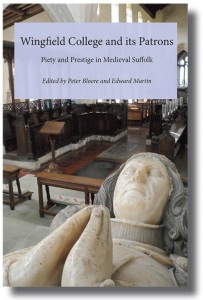Wingfield College is now a private family home. But its history goes back over 650 years. It has kept the name of college because it is the remnant of the chantry college founded by Sir John de Wingfield in 1362. Sir John was a soldier of high reputation in the reign of Edward III, and Chief Counsellor of the Black Prince. In 1355 he accompanied him to Languedoc, and some letters of Sir John’s written during the campaign still survive as important records of the War. He fought at the Battle of Poitiers in 1356 and made a fortune from ransom money, by selling the captured members of the French aristocracy.
Below: the tomb of Sir John Wingfield, founder of Wingfield College.
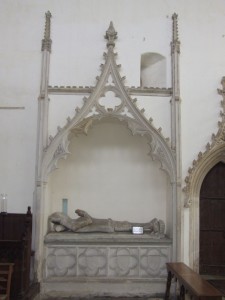
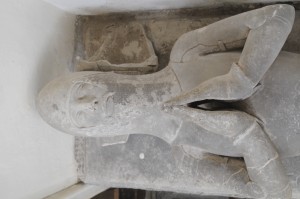
When Sir John died of the Plague in 1361 he left in his will the request for the establishment of a chantry college, next to the church at Wingfield. His wife Lady Alianor Wingfield, daughter of Sir Gilbert de Glanville, oversaw the establishment of the college and its charter.
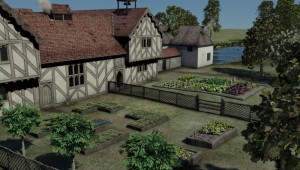
It is believed that the College buildings took the form of a quadrangle of timber-framed buildings grouped around the mediaeval hall. The college had a Master and nine Secular Chaplains and three choral scholarships for boys. These were required to live at the college, pray for Sir John, the Black Prince and Edward III, run a boarding school and minister to the parish. Sir John’s daughter and heiress married Michael de la Pole, later 1st Earl of Suffolk. Subsequent benefactors included William de-la-Pole, Earl of Suffolk, 1428; and John de-la-Pole, 1491 (pictured below).
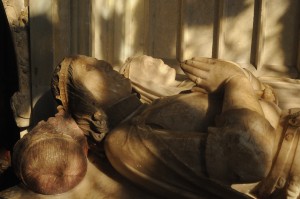
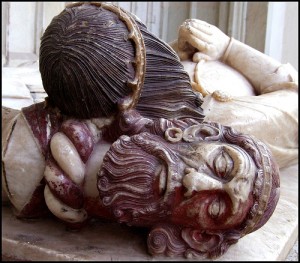
During the Wars of the Roses the de la Pole family suffered badly and the 5th and the last Earl was beheaded by Henry VIII. The College came under the patronage of the new Duke of Suffolk, Charles Brandon, and his wife Mary Tudor, Henry VIII’s sister (below).
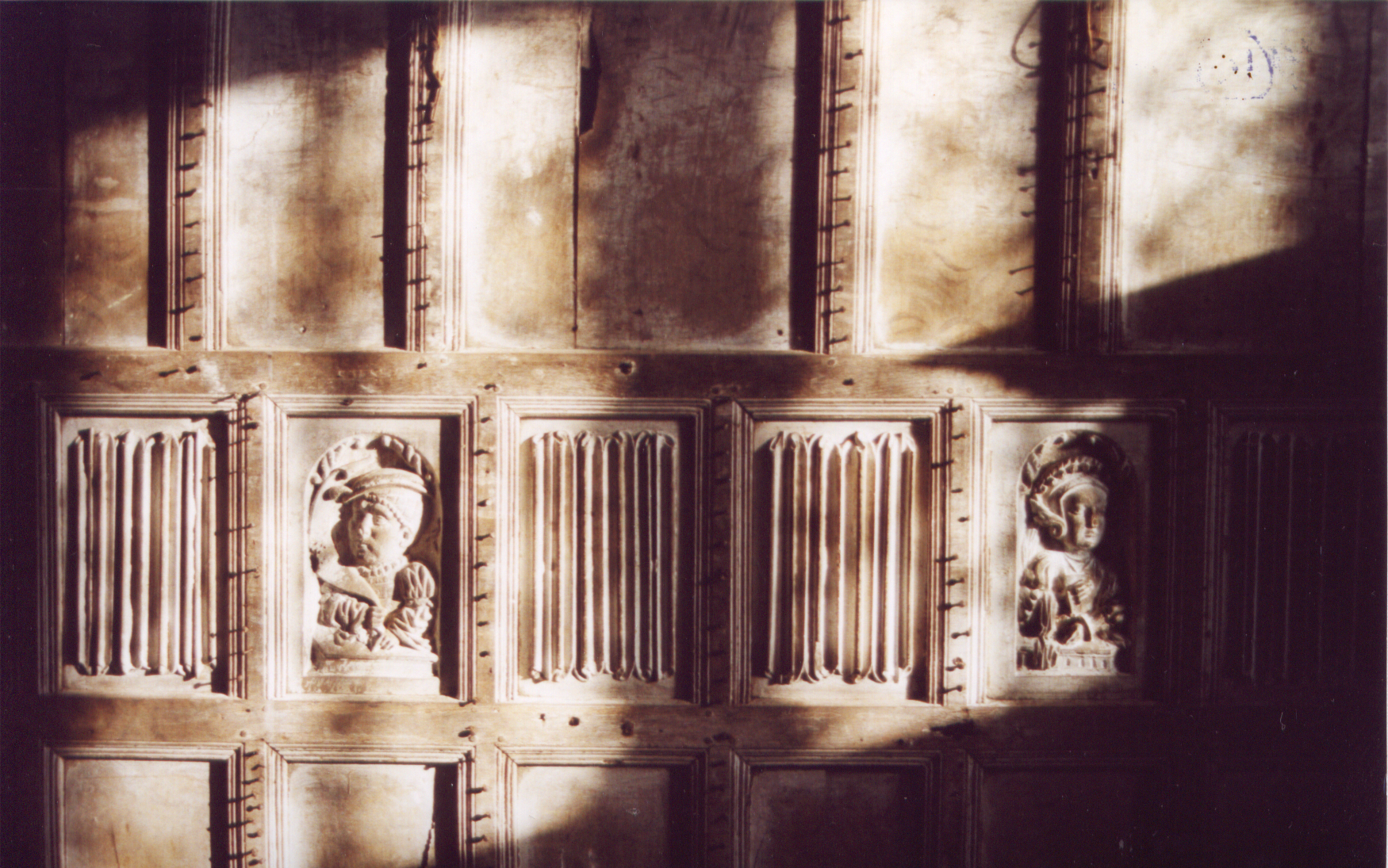
In 1542 the college was dissolved and given to the Bishops of Norwich. The College was then leased to a series of tenants and a large part of the building was demolished.

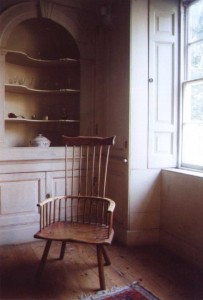
Above: Some of the Georgian elements of Wingfield College.
The remaining wings were remodelled in provincial Palladian style in the later 18th century by Squire Buck (or Brick – the manuscript is unclear). The Georgian appearance concealed the 14th century building and its medieval origin was largely forgotten. Some Historians and Antiquarians suspected that what was then called College Farm may still retain parts of the old building, including the Wingfield vicar Reverend Aldwell in his book “Wingfield” in 1921. However it was not until 1971 that careful restoration by the then owner Ian Chance finally revealed the hidden 14th century structure and proved that the lost college had amazingly survived.
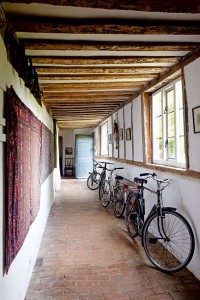
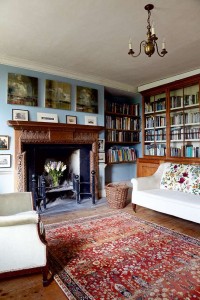
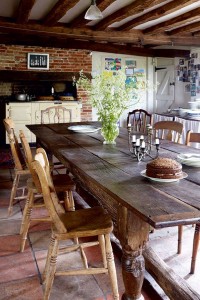
To the north of the College is the great 14th century collegiate church. This is where the guided tour starts. Here visitors will be able to see tomb-monuments of Sir John de Wingfield and the de la Pole family. For more information on the church and the village of Wingfield please go to http://www.wingfield-suffolk.org.uk
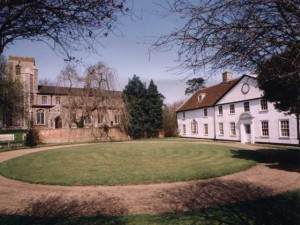
From the 1970s to the early 2000s the college was also the home to Wingfield Arts and Music, run by Ian Chance.
The college was open to the public from 2006 to 2018, via the Invitation To View scheme, with guided tours by Associate Professor Peter Bloore from UEA.
For five years from 2009 the University of East Anglia carried out a research programme and archaeology programme at Wingfield College, including geophysics surveys and a digital reconstruction of the college in the late mediaeval period. This was part of UEA’s ongoing Virtual Past project, in association with the School of History and the Centre for East Anglian Studies. It was also part of UEA’s creativity research programme.
The results included a two day academic symposium held at the college; a digital reconstruction of the castle and college, which is shown to visitors; and a new book on the college (pictured below and available from all good booksellers. More information on the book here).
For a detailed timeline history of Wingfield College and the lives of the Earls and Dukes of Suffolk, please click here for a pdf, which is an excerpt from the book Wingfield College and its patrons: wingfield-college-timeline-final-version

